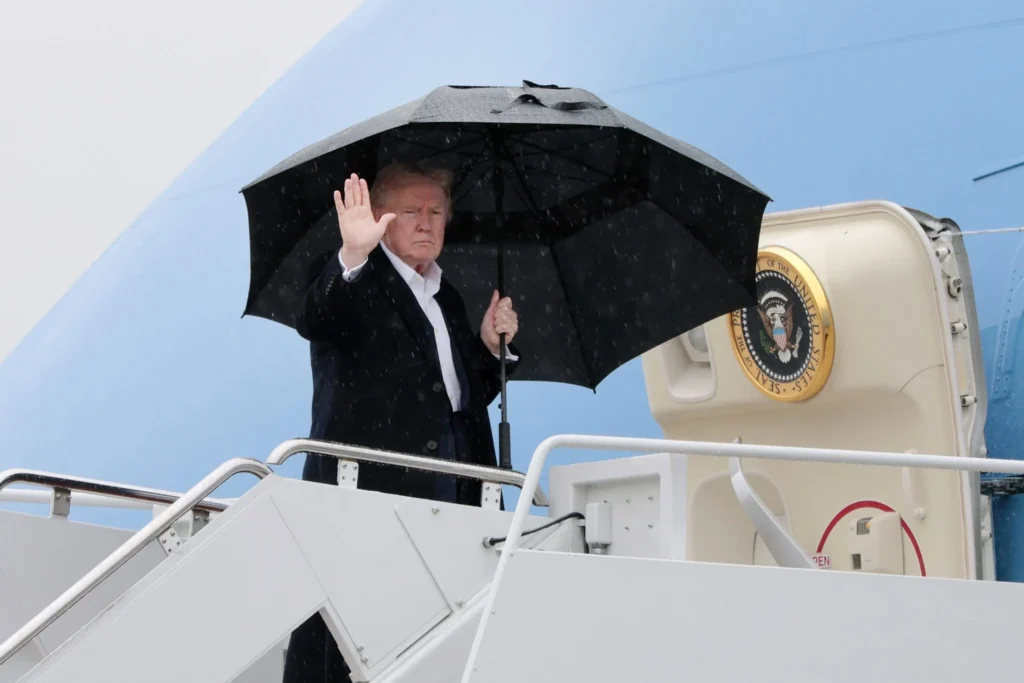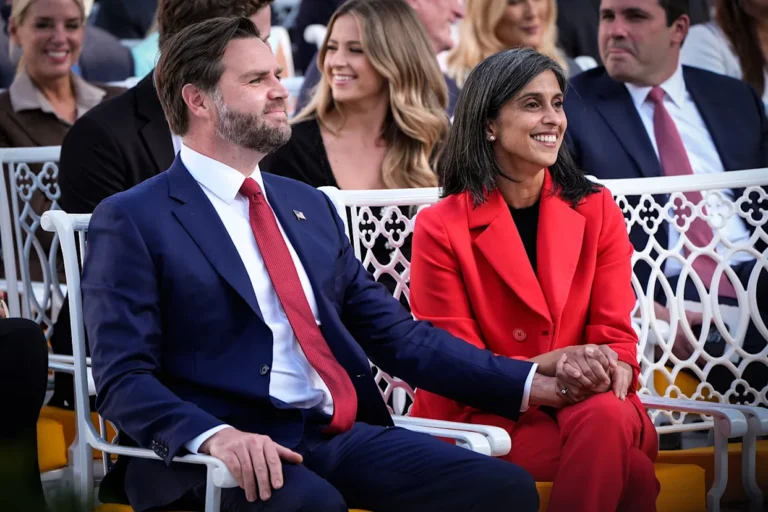
- Boeing’s Air Force One project is significantly delayed and has exceeded its budget by billions due to persistent labor shortages and design complications. According to a recent report from the Government Accountability Office, the company is still struggling with “ongoing design issues, repeated modifications, and workforce difficulties.” In response to the delays, the Trump administration has acquired a $400 million jet from Qatar to temporarily serve as Air Force One.
Boeing continues to face major setbacks in producing the jets intended to serve as the next Air Force One, according to the Government Accountability Office (GAO). A report released Wednesday revealed that persistent design flaws, repeated modification work, and staffing issues have significantly slowed the transformation of two Boeing 747-8 aircraft into presidential planes.
Under President Donald Trump, the U.S. signed a $3.9 billion agreement with Boeing in 2018 to complete and deliver the aircraft by 2024. However, ongoing delays have pushed the project well past its original deadline.
To meet the specialized requirements of Air Force One—including enhanced security and travel systems—Boeing must carry out extensive modifications, which has slowed production considerably. Trump eventually removed a requirement for the planes to be capable of midair refueling to help speed things up.
Work on the aircraft has been further hindered by unresolved technical problems, particularly with decompression systems and environmental controls. The GAO also pointed to Boeing’s incomplete design certifications and difficulties retaining a consistent workforce as factors causing additional delays.
According to the report, Boeing is struggling to hire and retain qualified mechanics, partly because of industry labor shortages and the stringent security clearance needed to work on the project. Despite the need for skilled workers, Boeing announced last fall that it would cut 10% of its staff.
Due to these continuing delays, Trump has opted to acquire a $400 million Boeing 747 from Qatar as a temporary replacement. However, modifying this jet to meet Air Force One standards is expected to cost taxpayers close to $1 billion and has raised both security and ethical concerns.
This added expense comes on top of the projected $6.2 billion cost for the original Boeing aircraft—roughly $2 billion more than the initial estimate. Both Boeing and the Pentagon declined to comment on the matter.
Years of delays
Although Trump initiated the Air Force One jet project during his first term, it’s increasingly unlikely that he will get to use the new aircraft while in office. In February 2024, Boeing pushed its delivery date from May 2027 to December 2029—and a senior Boeing executive told Reuters that the timeline could extend even further beyond 2029.
The challenges Boeing faces now mirror those from previous years. A June 2022 GAO report noted that the company struggled to staff the project due to a competitive labor market, with many skilled workers unable to obtain the necessary security clearances to work on the highly classified VC-25B aircraft.
Because of the aircraft’s presidential role, employees must meet strict security requirements. The report stated that Boeing and the program office are still working to improve applicant screening to speed up clearance approvals.
During Trump’s second term, Boeing turned to Elon Musk, who at the time led the Department of Government Efficiency (DOGE), for help addressing production delays. At a Barclays conference in February, Boeing CEO Kelly Ortberg said Musk’s input had helped alleviate some of the bottlenecks. Musk even visited the company’s San Antonio facility in December 2024.
“The president is clearly frustrated with the delays—we all know that,” Ortberg said. “Elon Musk has actually been a big help.”











